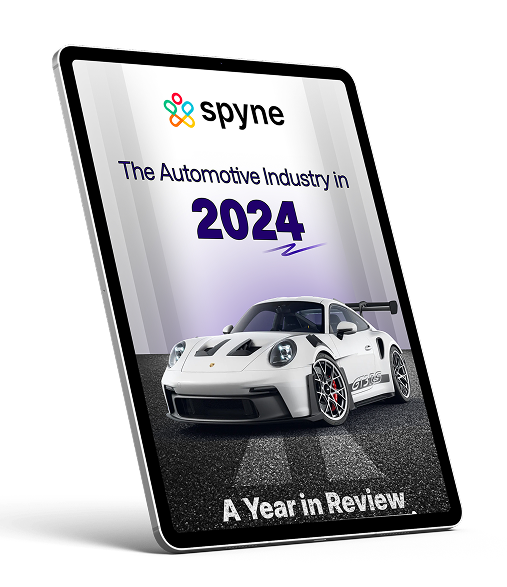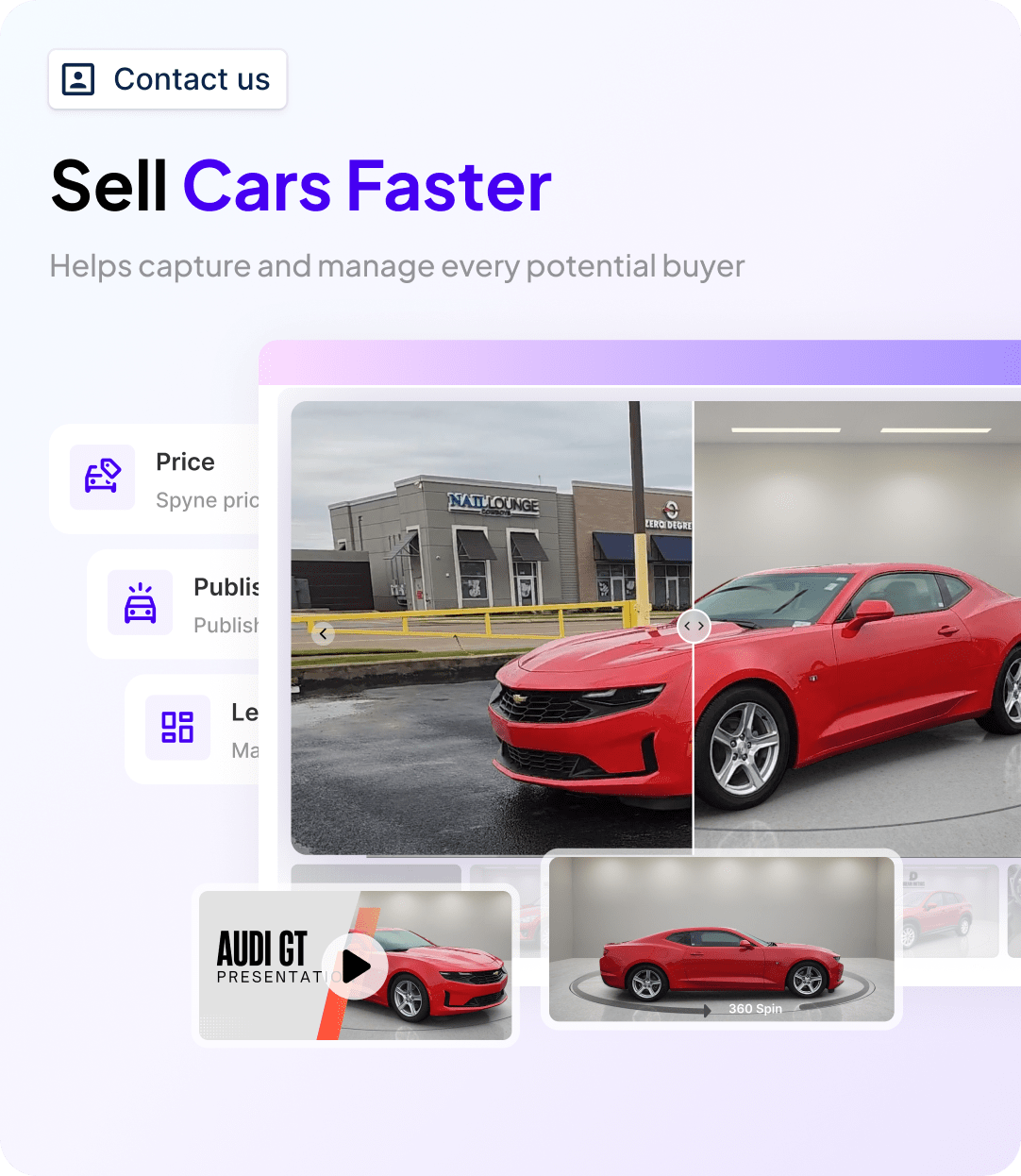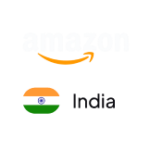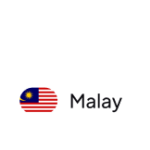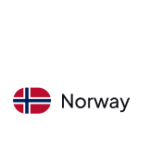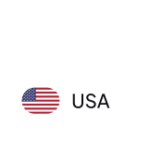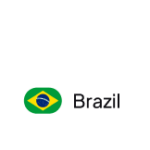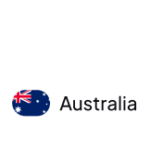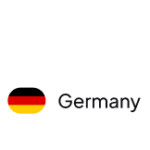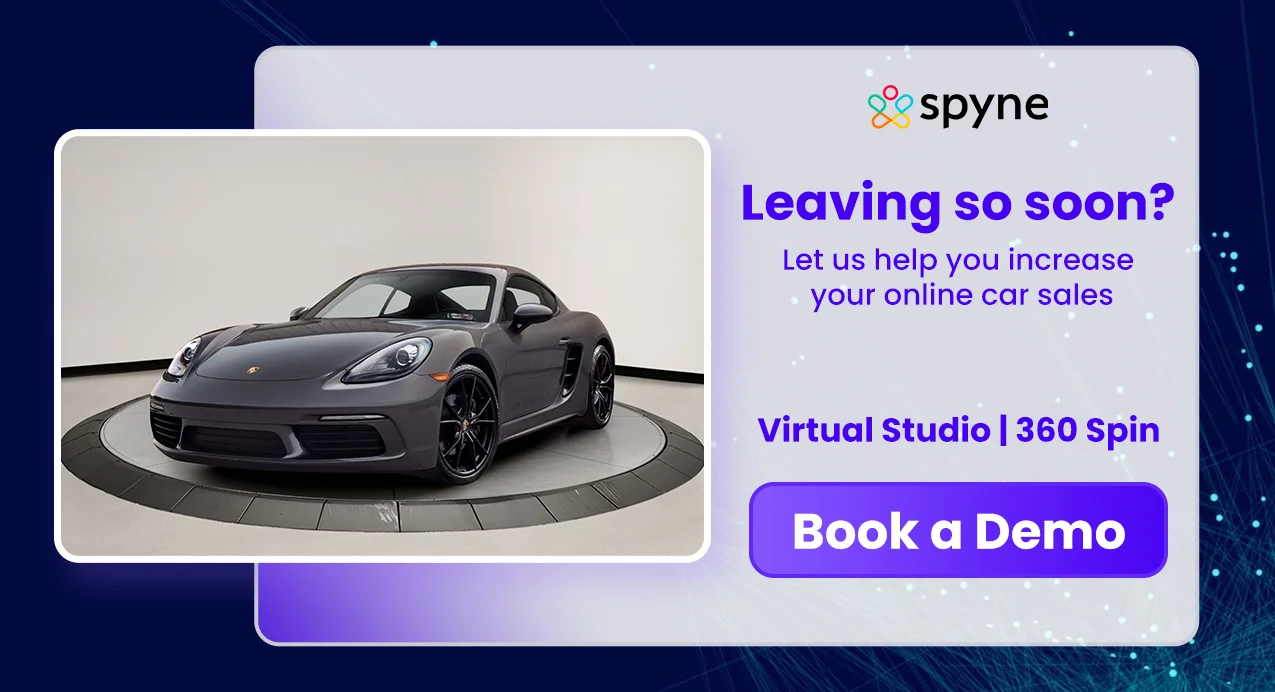In today’s world, visual content travels faster than ever, and because of that, personal privacy has become of paramount importance. You might know those innocuous strings of letters and numbers as a car’s number plate, and it can become a gateway to personal data if and when captured in photos and videos. If you are a car dealer uploading pictures of your latest stock, an insurance provider taking care of vehicle damage, or a tech company analyzing traffic footage for future vehicle development, taking care of and safeguarding this information is crucial. The fundamental question then becomes: should you blur license plate or redact the license plate? In this discussion, we introduce Spyne, an intelligent platform designed to handle license plate anonymization effectively, no matter where you stand in the redact vs blur license plate debate.
Why Hiding License Plates Matters
A license plate is a unique identifier that every vehicle is assigned and is tied to the vehicle owner. If you are wondering why blur license plates, you must know that if these plates are left visible to the eye, it can enable unwanted tracking, reveal personal information, or expose addresses that you might want to keep private. The GDPR, or General Data Protection Regulation in Europe, and the CCPA, or California Consumer Privacy Act, name license plate data as personal identifiable information (PII). These regulations trigger legal and ethical responsibilities for any organization that might be handling it. Therefore, obscuring your license plate in images and video archives is not just prudent but a legal necessity. This is why we need to delve into the redact vs blur license plate discussion more.
Understanding Blurring vs. Redacting
Blurring: Quick Obfuscation
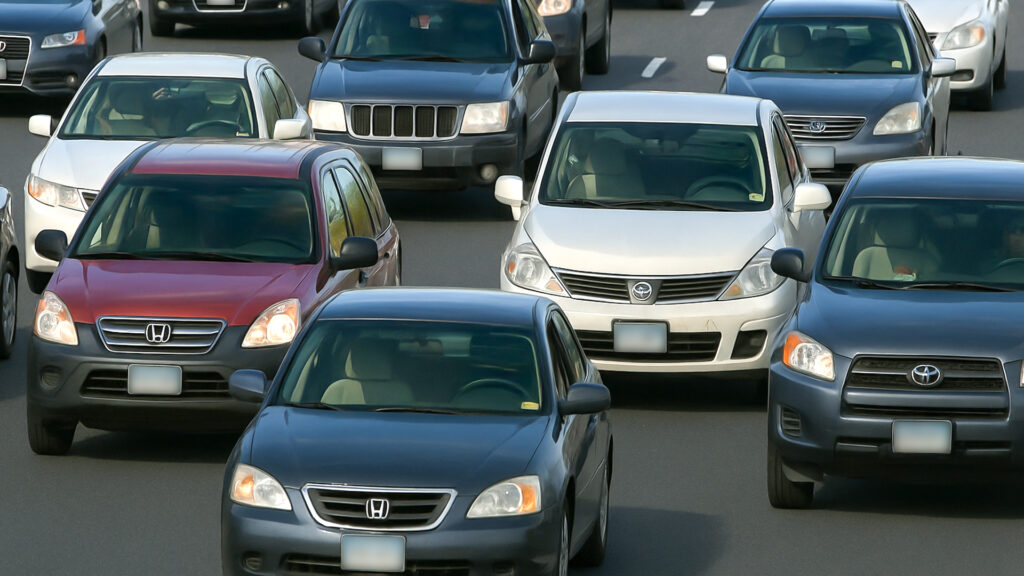
Blurring a license plate in image might mean using filters such as the Gaussian blur or pixelation to all the characters of the plate, which in turn, makes it unreadable. When this is done correctly, it can maintain privacy. License plate blur is effective in a range of contexts, from sharing pictures on social media to gathering preliminary evidence. However, not every blurring is done equally. Weak blurs can be reversed using specialized software to unblur the number plate.
In high-stakes environments, this technique may lack the necessary robustness, especially when dealing with high-resolution images or videos, where traces of original information may linger. This raises serious concerns when considering redact vs blur license plate options for sensitive use cases.
Redacting: Superior Anonymization
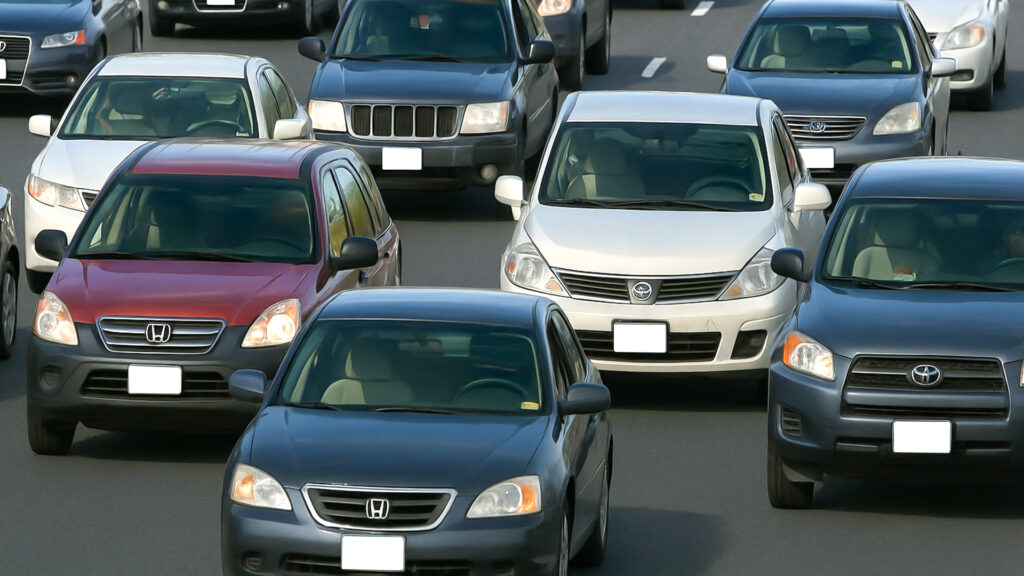
On the contrary, redacting replaces the original license plate with an alternative. It is like a solid mask or a synthetic replica, or even a branded overlay. Redacting doesn’t leave any vestiges of the original plate behind which ensures that it cannot be recovered even under forensic scrutiny. Platforms such as Spyne use generative algorithms to produce alternate license plates that maintain visual fidelity. This preserves realism for applications like machine learning while also identifying details. When we talk about redact vs blur license plate, redaction clearly emerges as a clear winner for providing a higher level of security.
Benefits and Drawbacks of Blurring
Blurring is incredibly fast and intuitive. It’s particularly effective for individuals or small teams that need to obscure license plates on the fly. Using basic number plate photo editor software or the best license plate blur tools, users can quickly mask plate numbers without needing technical know-how. Blurring is ideal for sharing snapshots of parked cars, buttoning down preliminary casework in law enforcement, or anonymizing informal user-submitted content.
However, there can be limitations. Even a slight blur can be seen negatively in the visual media because audiences often perceive blurred areas as signs of tampering. This can take away from the image’s trustworthiness. Even worse, insufficient blur filters can be reversed using deblur license plate tools, especially if someone has access to a higher quality image or video from the original footage. For organizations debating redact vs blur license plate solutions, this vulnerability is a critical consideration.
Redacting: Professional Standard
Redaction offers a far more secure and polished approach. By replacing the original plate with something entirely different, an opaque box or a stylized brand overlay, you remove any potential for recovery. Spyne’s advanced platform goes a step further, using deep synthetic replacement to produce license plates that mimic real ones in font, size, and placement. This not just ensures compliance with legislation like GDPR and CCPA but also enhances the aesthetic integrity of the content. For any organization weighing redact vs blur license plate strategies, redaction emerges as the clear winner in regulated or commercial settings.
Imagine a used car listing where every vehicle appears with a beautifully branded license plate that aligns with the business’s visual style. Or picture a dataset of traffic images where every plate looks realistic, but none correspond to actual vehicles, perfect for autonomous driving models. Additionally, custom overlays transform license plates into promotional real estate, seamlessly embedding brand identity into visual assets.
One drawback of redaction is that it can require more time and infrastructure. Synthetic replacement involves generative algorithms, whereas overlays may require graphic templates. But with modern, API-driven platforms like Spyne, the process becomes seamless and scalable, making the redact vs blur license plate decision less about feasibility and more about strategic fit.
Spyne’s Comprehensive Solution
Spyne stands out in the field by supporting both core strategies, blurring and redaction, with precision and adaptability. Their platform is purpose-built for license plate blur, license plate inlay, and synthetic plate generation at scale. In the redact vs blur license plate debate, Spyne’s flexibility is a major advantage.
1. High-Precision Blurring
Spyne’s algorithms can detect number plates across a range of countries and vehicle types. If you apply refined pixelation or blur filters, Spyne can effectively anonymize plates in videos and images. This is a fast and reliable method for auto dealers across the world.
2. Deep Synthetic Replacement
Beyond simple number plate blur, Spyne offers deep synthetic placement, an advanced form of redaction where the original plate is replaced with a convincingly real, but entirely fabricated, plate. This approach is especially useful for companies caught in the redact vs blur license plate dilemma but needing data that’s both anonymized and usable for machine learning.
3. Custom Overlay Branding
In cases where synthetic replacement isn’t needed, Spyne allows businesses to overlay logos or design elements directly onto the plate area. This license plate inlay becomes a branded watermark that hides private data while reinforcing corporate identity, a perfect fit for those leaning toward redaction in the redact vs blur license plate question.
4. Scalable Processing
Spyne is majorly fluent in scaling. They can redact hundreds of images and videos simultaneously, making it the right choice for extensive catalogs, fleets, or great video archives.
5. Privacy and Regulatory Compliance
Spyne is built keeping in mind legal compliance. If you choose to blur or redact, Spyne ensures full CCPA and GDPR compliance. For companies that are stuck between redact vs blur license plate, compliance often becomes the deciding factor.
Balancing Privacy and Aesthetics
Visual content must not only protect privacy, it also needs to engage the audience. Blur patches can look clumsy or unpolished, while redacted or overlaid plates can feel more integrated and professional. Synthetic plates from Spyne maintain the original aesthetic so well that viewers often don’t realize they’re looking at anonymized data. This is especially important when navigating the redact vs blur license plate decision in public-facing platforms or marketing materials.
Real-World Applications
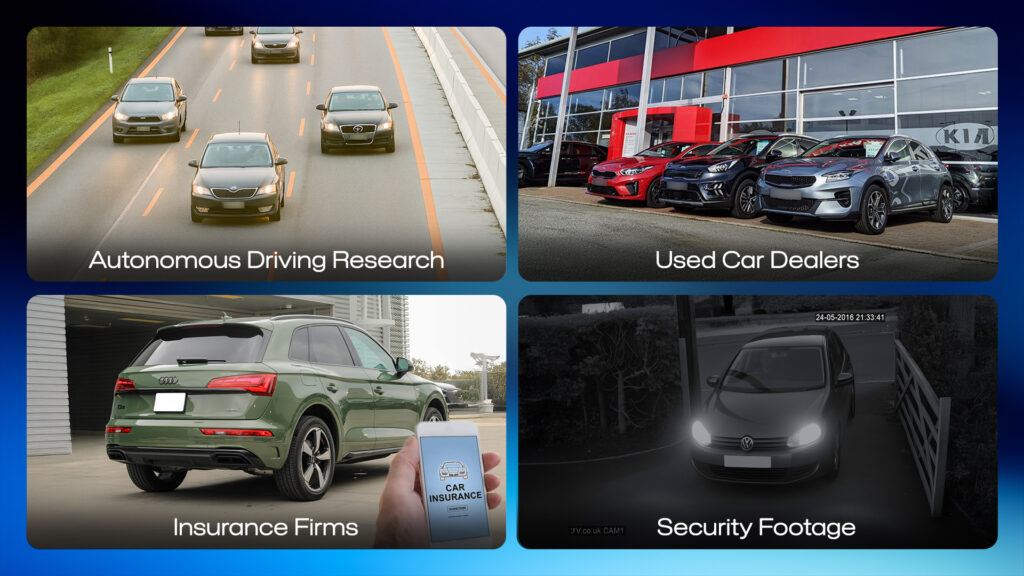
- Autonomous Driving Research: For training models, redaction with synthetic plates is important. A clear win in the redact vs blur license plate challenge.
- Used Car Dealers: Custom overlays look better than blurs and also build brand visibility.
- Insurance Firms: Sensitive documentation requires more than a blur, it needs secure, irreversible redaction.
- Security Footage: Blurring may suffice for internal use, but redaction is required for public release.
Conclusion
Protecting license plate data is not just a challenge technically but also a privacy imperative. While blurring license plates offers quick relief, it also falls short in professional and regulated environments. As we’ve seen throughout this guide, the redact vs blur license plate question is not just about aesthetics or effort; it’s about aligning with legal, functional, and reputational needs.
Spyne offers the best of both worlds. Whether you want to blur your license plate for speed or redact license plate for compliance and polish, Spyne’s platform delivers performance at scale. In the evolving conversation around redact vs blur license plates, Spyne continues to set the standard for what’s possible.
Start with Spyne today and handle license plate privacy the smart way, with confidence, compliance, and class.




